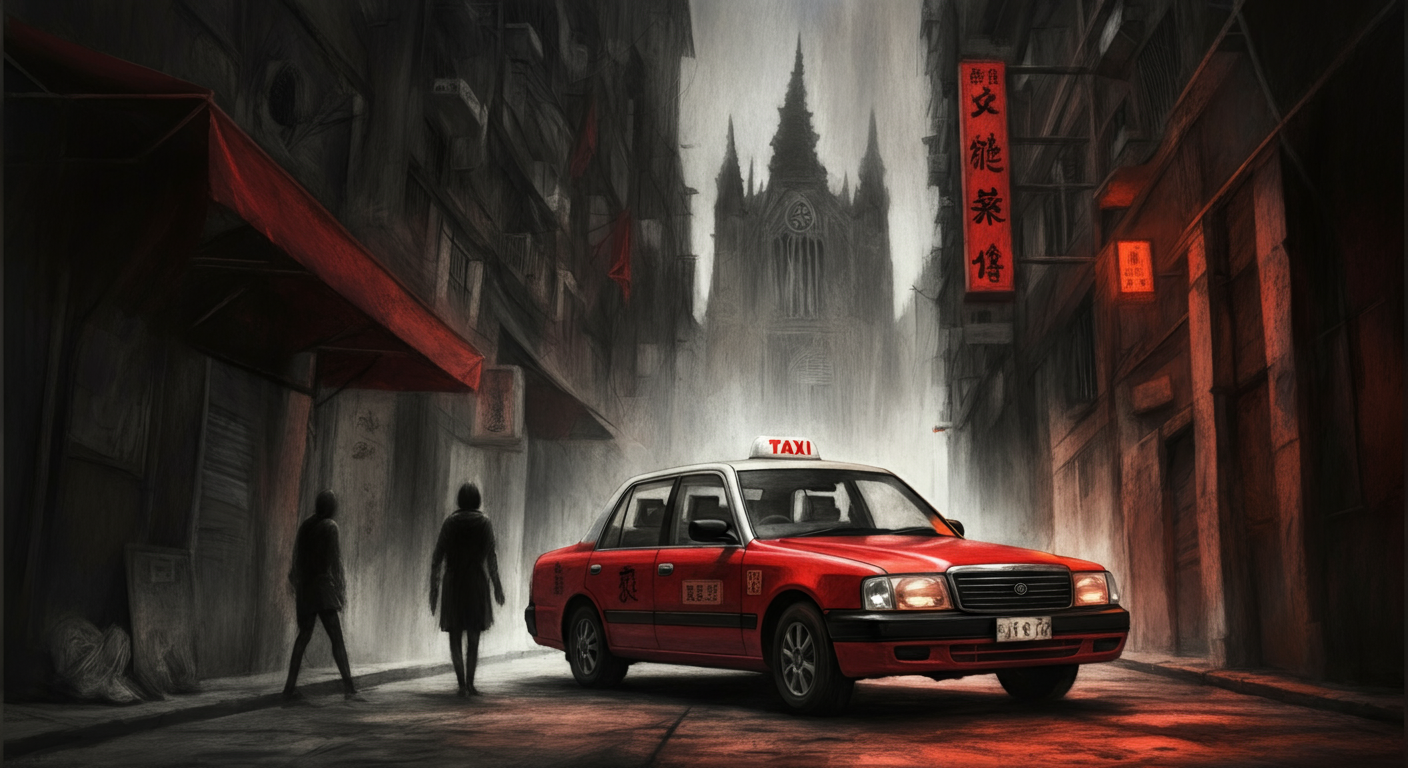Viral Marketing Done Right: How a Hong Kong Movie Hijacked Threads (and Hearts)
Let’s face it: The Hong Kong movie industry isn't exactly thriving these days. Smaller budgets, fewer viewers, and fewer films making it to the big screen. It’s a challenging game.
But here's the thing: scarcity is creativity’s best friend. When you can’t throw money at a marketing problem, your ideas get sharper, riskier, and—let’s be honest—a whole lot more fun.
Enter Hong Kong actor-director Nick Cheung (張家輝) and his recent film, Peg O' My Heart (《贖夢》). Without spending a dime on paid media, Cheung turned social media into his personal playground.
The result? An irresistibly human campaign that went viral and captured thousands of hearts.
Here’s how he pulled it off:
1. Social Media Hijinks: When a Fictional Character Steals the Spotlight
Nick Cheung has famously avoided social media. Until now. But this wasn't your typical celebrity selfie parade.
Cheung launched a Threads account not as himself, but as his character—Choi San Keung (蔡辛強), the perpetually sleep-deprived taxi driver from his movie.
The fun started immediately: someone snapped a photo of "Choi" napping on a Hong Kong subway, and it quickly went viral. Instead of brushing it off, Cheung seized the moment, responding in-character:
“Already can’t sleep at home, now I even get photographed napping on the train!”
Boom. Instant connection. His witty comeback sparked thousands of interactions—comments, shares, laughs, even sympathy. Fans couldn’t get enough, prompting Cheung to share more: eerie sketches depicting Choi’s nightmare-filled life, and hilarious voice notes and selfies in real-time to prove it really was him behind the curtain.
The result? Over 52,000 followers (and counting), millions of impressions, and all without spending a penny on advertising. Remember Old Spice’s iconic social media hero? This was Hong Kong’s grassroots version, with a fraction of the budget but just as much charm.
Takeaway for marketers: Forget big budgets. Creativity, authenticity, and a genuine sense of humor are your real currency.
2. Fiction Meets Reality: Taking the Character Off-Screen
Great storytelling doesn't stop at social media. It leaps out into the real world.
For his next act, Cheung stepped straight from Threads into Hong Kong’s iconic Temple Street night market, dressed head-to-toe as the scruffy Choi San Keung. He set up a humble booth labeled "Dream Listening," inviting passersby to sit and share their most bizarre nightmares.
Imagine the surprise (and joy) of casual shoppers suddenly becoming part of a movie’s storyline. Naturally, people whipped out their phones, snapping selfies, sharing jokes, and playfully roasting Choi’s obviously fake beard.
Social media erupted again. Cheung transformed a simple marketing stunt into an authentic, shareable experience—something reminiscent of Barbie’s Airbnb activation, but without the Hollywood budget.
Takeaway for marketers: Advertising talks; experiences speak. Give people a real-life story worth sharing, and they'll become your loudest ambassadors.
3. Celebrity IP Done Right: Blurring the Lines Between Star and Story
Here’s where Cheung’s strategy truly shined: as both actor and director, he effortlessly blurred the lines between himself and his character. Nick Cheung and Choi San Keung became inseparable, each strengthening the other’s appeal.
Cheung didn’t just promote the film—he lived it. Appearing on popular YouTube channels, he mixed casual star interviews with quick-witted, in-character responses. Fans didn’t just meet an actor—they met a charismatic storyteller genuinely enjoying the ride alongside them.
Think Ryan Reynolds and Deadpool. The boundary between actor and character dissolves, leaving audiences delighted and deeply connected.
Takeaway for marketers: Blend your brand persona with authentic storytelling, and your audience won’t just watch—they’ll engage, connect, and advocate.
The Key Takeaway: Creativity Beats Budget Every Time
The marketing success of Peg O' My Heart (《贖夢》) proves a critical point: brilliant marketing isn’t measured by the size of your budget but by the strength of your imagination.
When you replace traditional ads with compelling, playful stories, audiences don’t merely tune in—they actively join in.
So, marketers, here’s your challenge:
Be experimental, be entertaining, and most importantly, dare to be human.
Your audience will repay you by spreading your authentic story—not out of obligation, but out of love.



